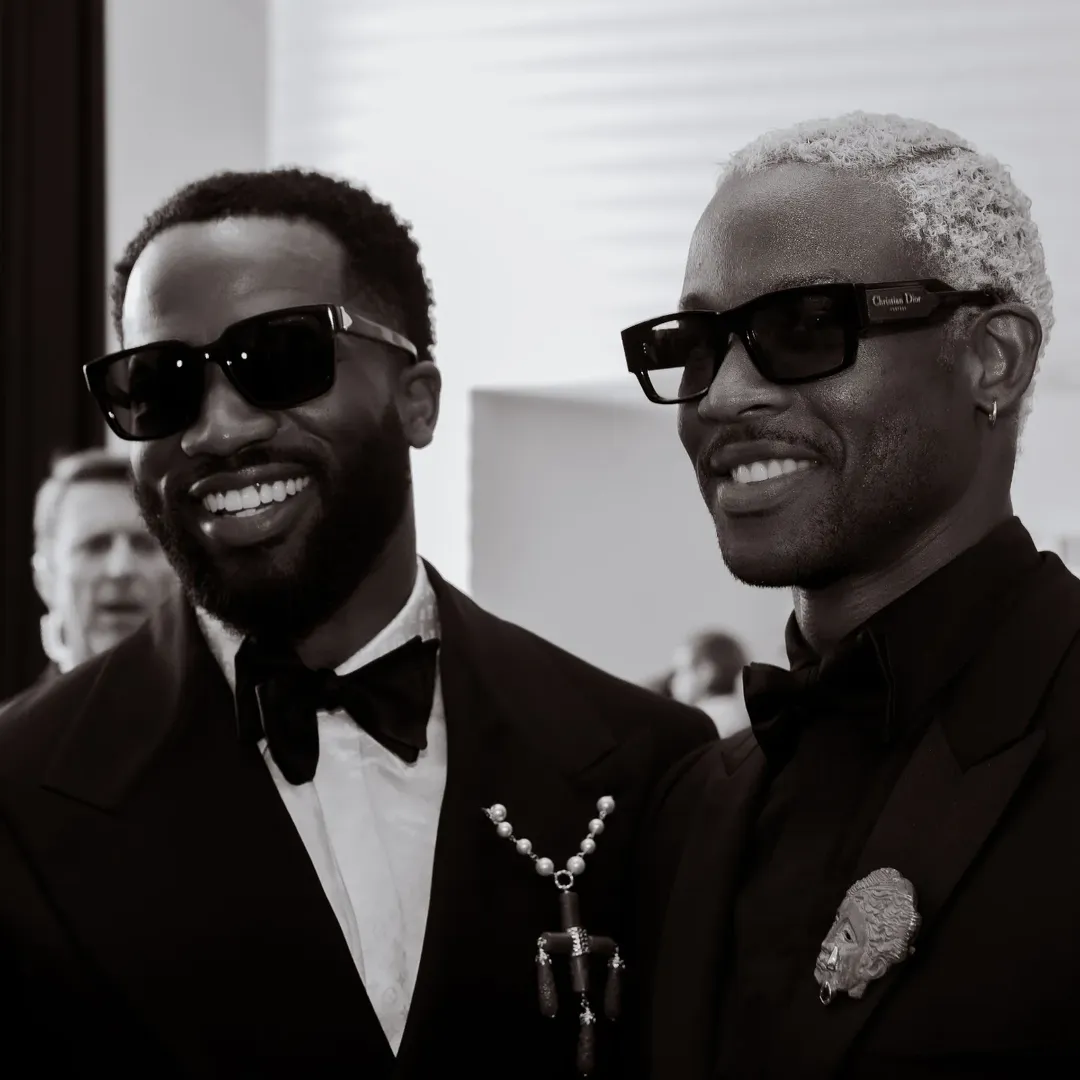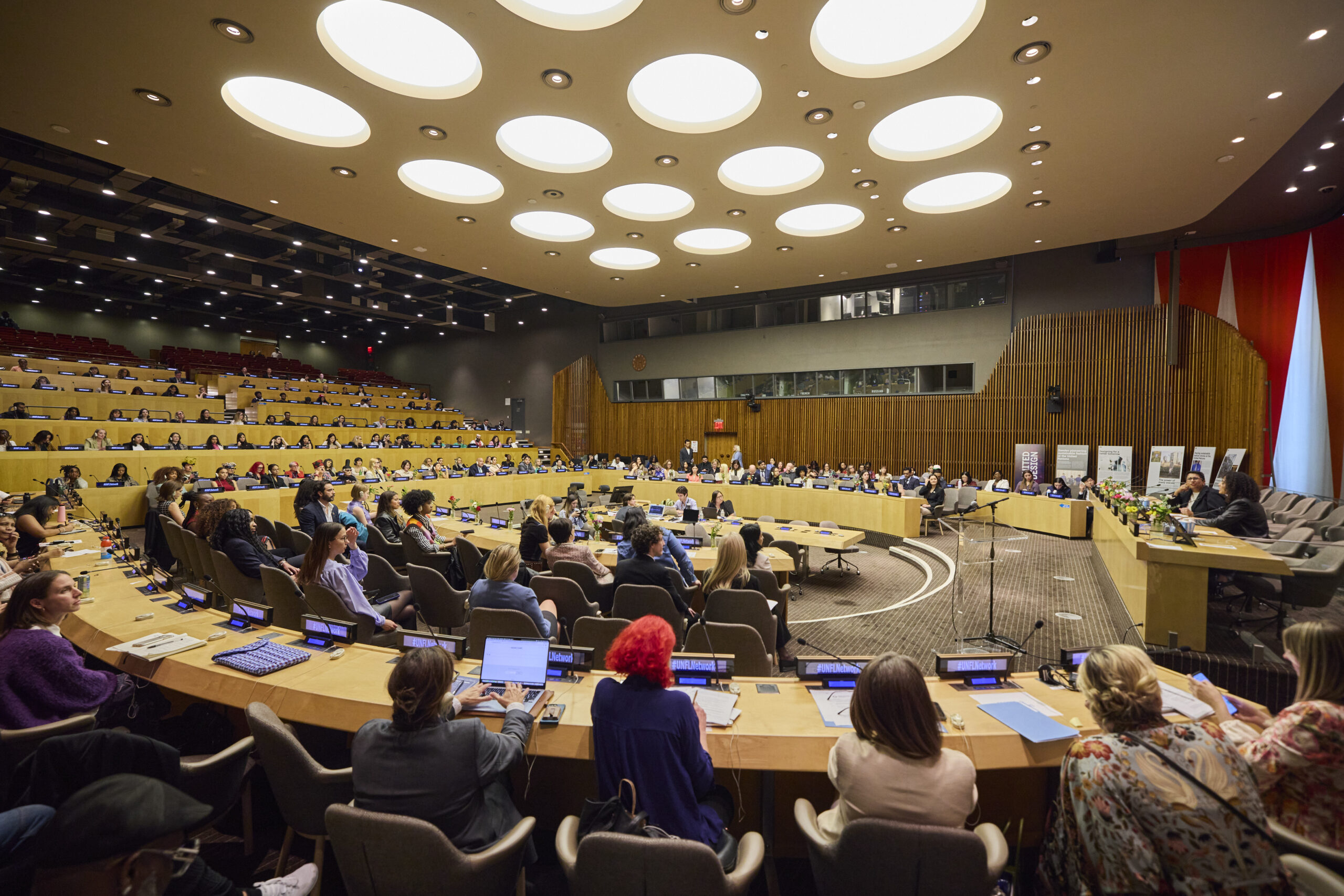
In Dakar, where the past and future often collide in radiant defiance, Style is Life opened not just as an exhibition, but as a declaration. A necessary reframing of how Africa is seen, styled, and storied—through the radical lens of the late Daniele Tamagni. Here, fashion becomes more than fabric. It becomes language. Protest. Memory. A mirror.
At the heart of this visual odyssey is Tamagni (1975–2017), the acclaimed Milanese photographer whose work carved out new visual geographies. He did not document Africa as object or curiosity. He bore witness—intimately, respectfully, and defiantly. His portraits pulsate with contradiction, color, and grace. His lens offered not pity, but presence.
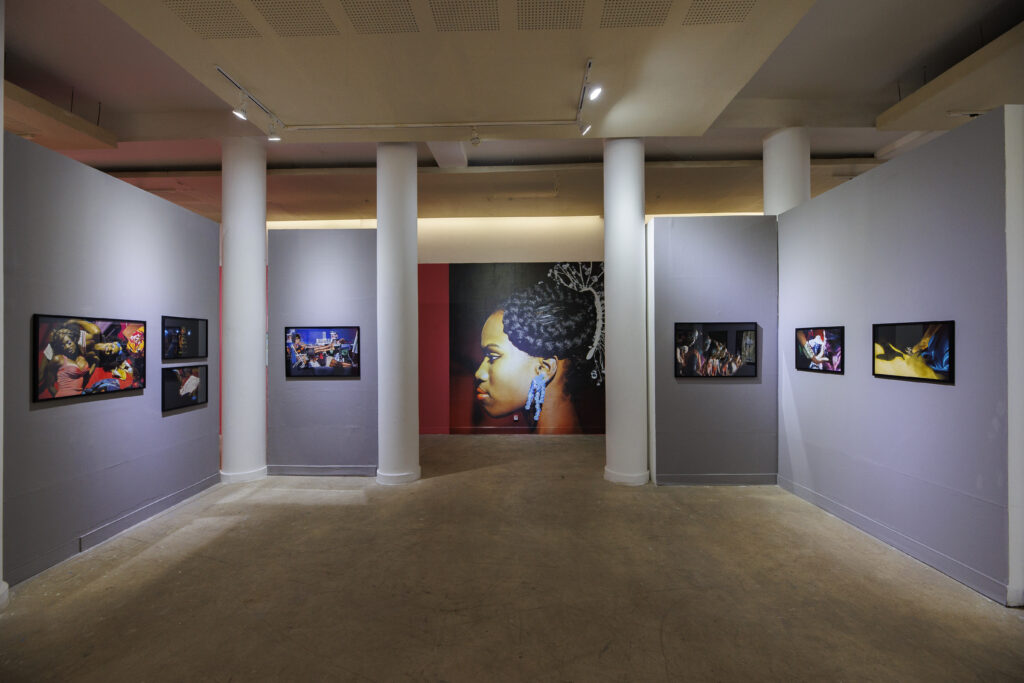
“This is the first time Daniele Tamagni’s work is being presented in Africa,” says Serena Cinquegrana, Director of the Italian Cultural Institute of Dakar. “It was fundamental for us to bring his archive here—not only because many of his most powerful images were taken on the continent, but because his work embodies a vision of Africa that is proud, creative, and radically authentic.”
Curated with precision and care by Ethiopian artist Aïda Muluneh, founder of Africa Foto Fair, and Italian curator Chiara Bardelli Nonino, Style is Life is hosted between two symbolic institutions: the Musée Théodore Monod d’Art Africain (IFAN) and the Italian Cultural Institute of Dakar. At IFAN, 80 of Tamagni’s most iconic photographs enter into conversation with the museum’s textile collection, curated by El Hadji Malick Ndiaye.
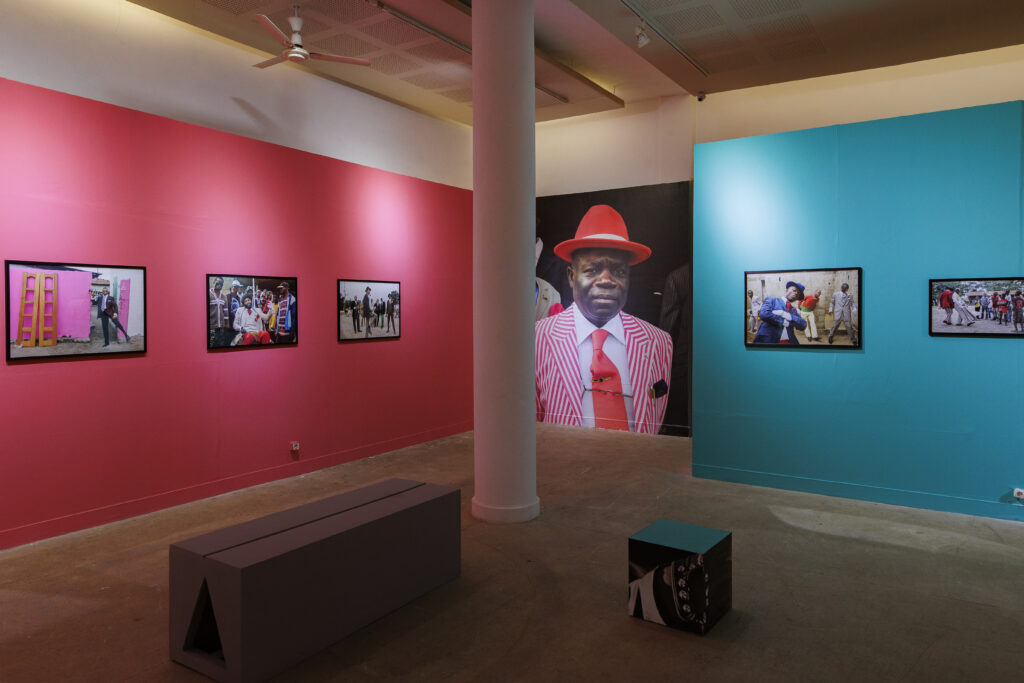
Featuring 80 iconic photographs, the exhibition spans from the Sapeurs of Brazzaville to Dakar Fashion Week, urban crews in Johannesburg, metalheads in Botswana, and Bolivian cholitas. From one frame to the next, the images chart a geography of Black expression, stitched together by resistance and joy.
Tamagni’s most iconic series, Gentlemen of Bacongo, immortalizes the Sapeurs—Congolese dandies who walk dusty streets in tailored suits, silk cravats, and patent loafers, transforming everyday life into a performance of elegance. They are not peacocks. They are poets. In their style, they reclaim dignity. They announce, we are here.
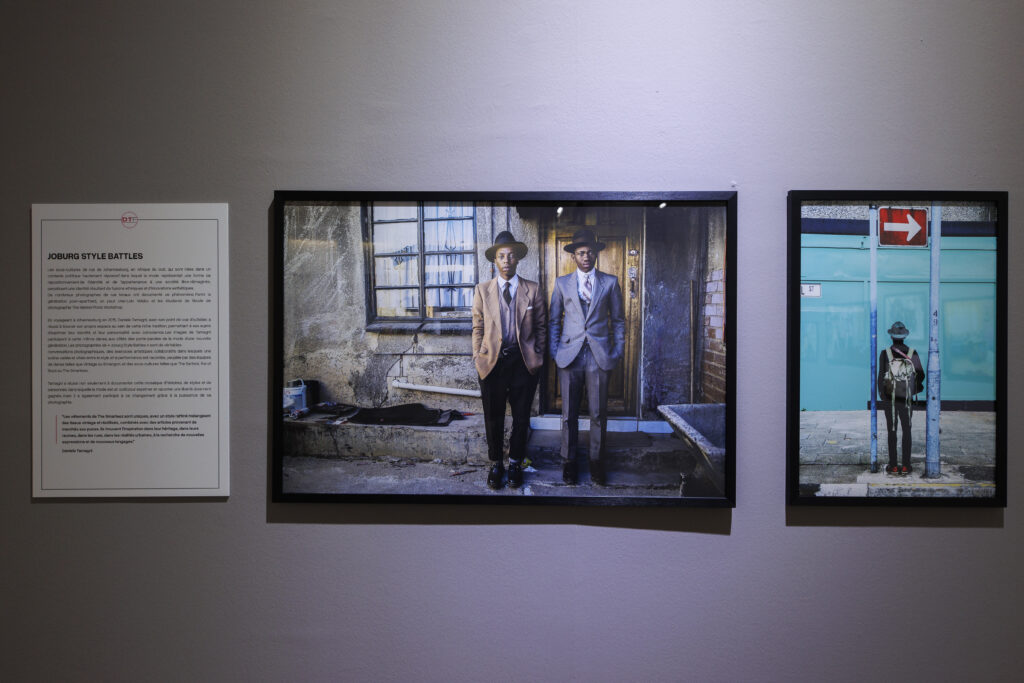
But Tamagni’s gaze did not stop in Brazzaville. From Maputo to Nairobi, from Lagos to La Paz, he documented subcultures and style warriors who resist erasure through their appearance. In each subject, he recognized fashion as a form of authorship—of writing oneself into visibility in a world that often tries to render the Global South invisible.
“Tamagni understood that style is not superficial—it’s political,” Serena Cinquegrana reflects. “His photographs show us that clothing, color, and texture can be forms of protest, joy, and storytelling. This makes his work deeply relevant in today’s global context.”

This ethos resonated across the Atlantic. Solange Knowles—artist, activist, and curator of diasporic Black aesthetics—once collaborated with Tamagni, drawn to the power of his imagery and his reverence for African visual language. Her subtle presence in the exhibition points to a shared cosmology—one where music, style, and spirit interlace.
More than a retrospective, the exhibition also illuminates Tamagni’s ongoing legacy. Through the Daniele Tamagni Grant, his vision now nurtures a new generation of African photographers. Four grantees—Khirelsid Ahmed (Sudan), Meseret Argaw (Ethiopia), Fatma Fahmy (Egypt), and Fawaz Oyedeji (Nigeria)—present works alongside his, offering their own interpretations of beauty, rebellion, and memory. Their presence makes the exhibition not only about looking back—but looking forward.
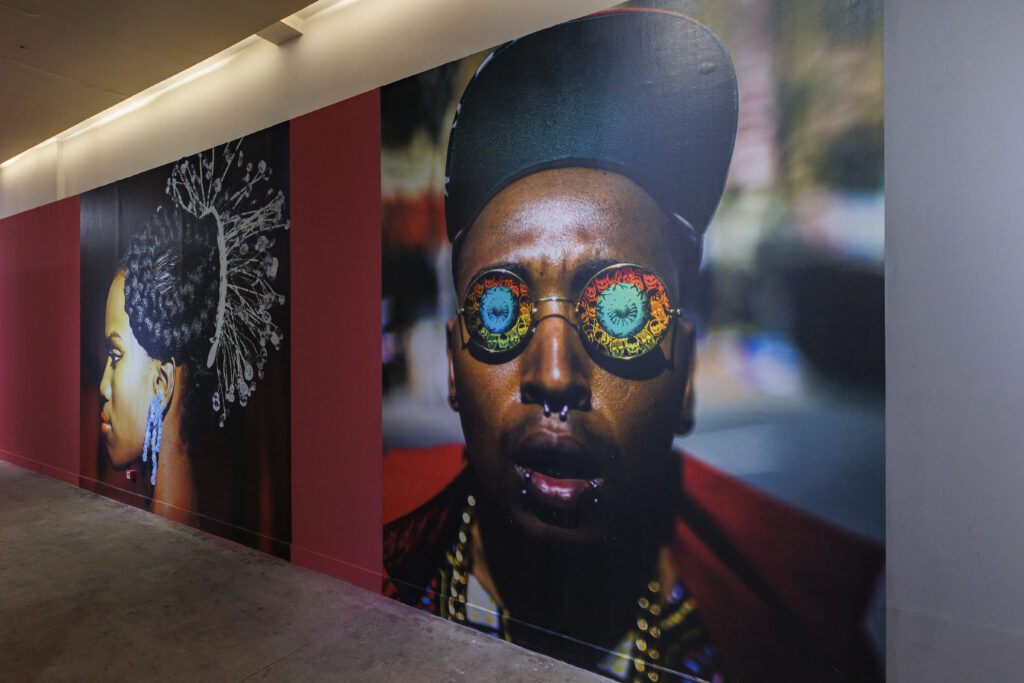
Dakar, too, is not a backdrop. It is a protagonist. A city where fashion is not seasonal but ancestral. From the medina’s ateliers to the runways of Dakar Fashion Week, from sand-stained streets to neon-lit studios, this city breathes style. It lives it. It remixes it. It archives it.
“Dakar’s creative energy and radical imagination make it the perfect home for Style is Life,” Serena Cinquegrana says. “Here, the exhibition finds its audience—not as spectators, but as participants in the same movement.”
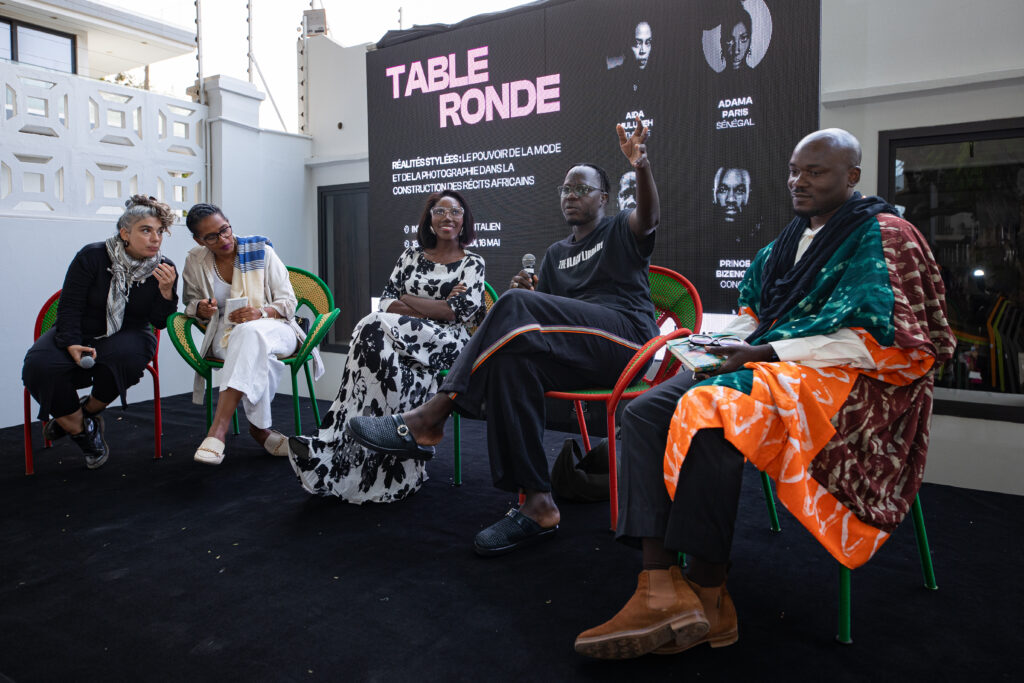
That movement extends into the city. Side events—including photography workshops, artist talks, and masterclasses led by Aïda Muluneh, Prince Bizenga, and Malick Welli—ensure that the exhibition lives beyond gallery walls. These aren’t just events. They’re platforms for agency. Spaces where young artists learn to wield the lens not just as a tool of observation, but of authorship.
Backed by the Italian Ministry of Foreign Affairs and International Cooperation and the Directorate-General for Contemporary Creativity, and co-produced with Africa Foto Fair, IFAN, and Aïda Muluneh Studio, the exhibition is part of a wider cultural diplomacy effort. But more than that, it is an offering. An invitation to see Africa—on its own terms.
In an age of algorithmic flattening and headline hysteria, Tamagni’s work insists on depth. On contradiction. On color. His Africa is not broken—it is blooming. Not singular—but symphonic. Not behind—but ahead.
Style is Life is not nostalgia. It is prophecy. It is a requiem for stolen narratives and a renaissance of new visions. It is the continent unfiltered, unafraid, and undeniably alive.
And here in Dakar—where memory meets movement—Daniele Tamagni’s vision rises again, stitched in style and carried forward in light.



